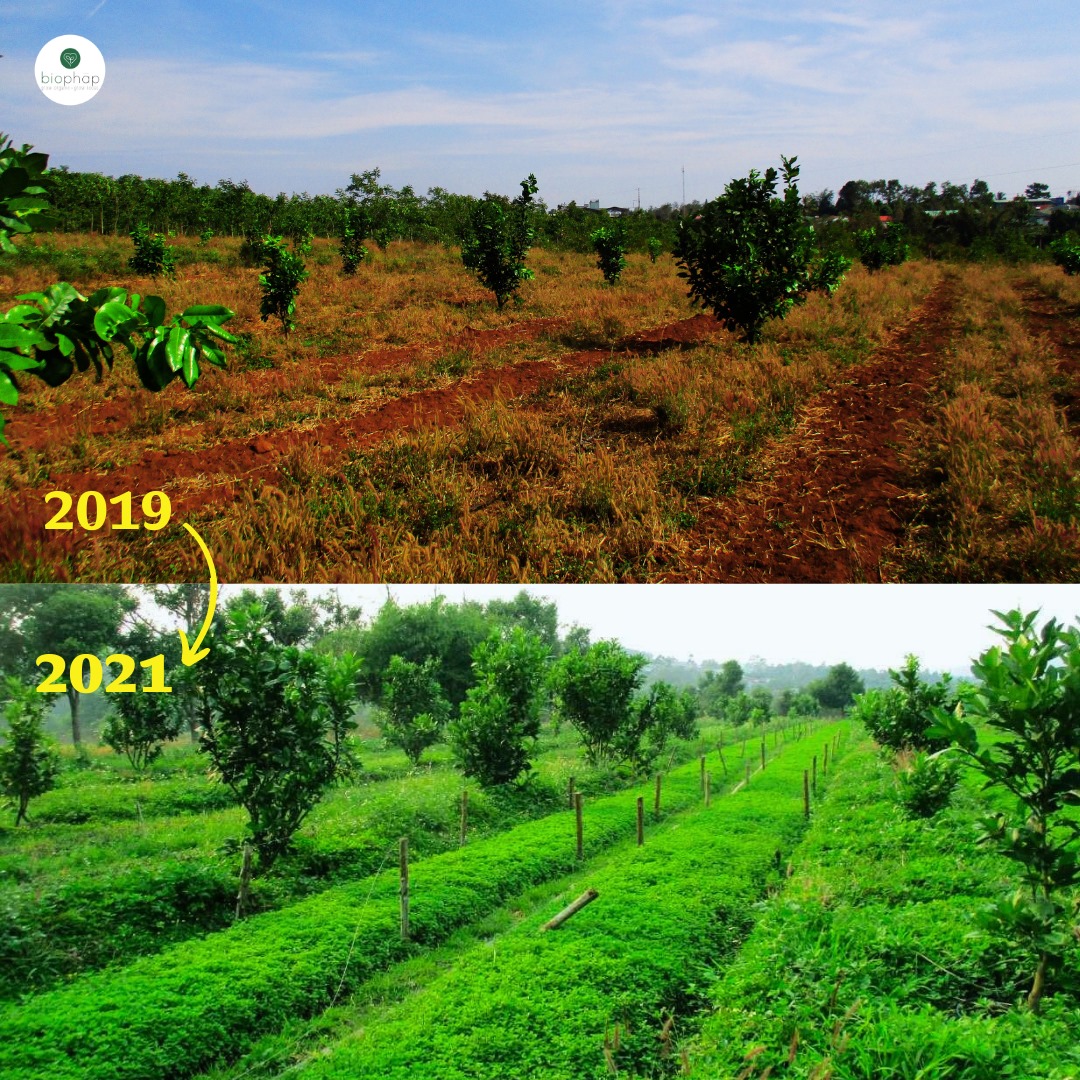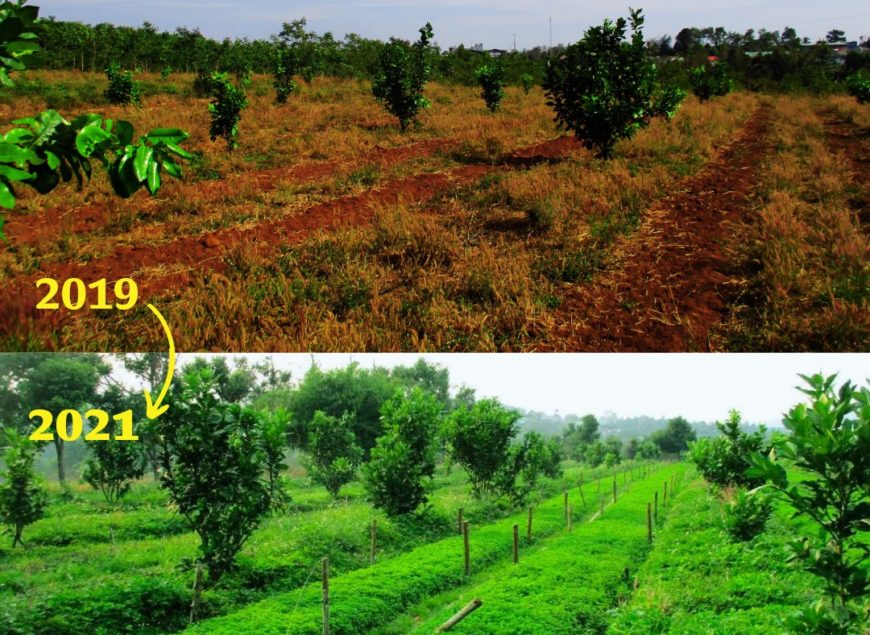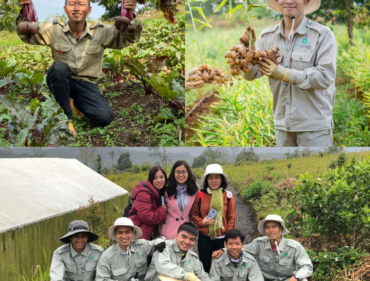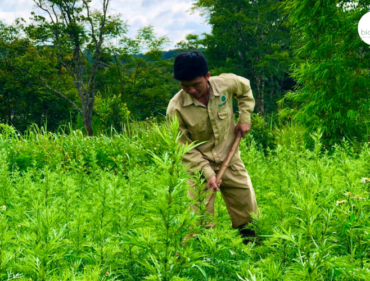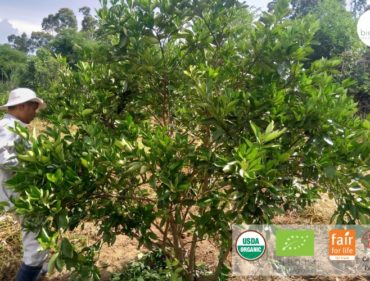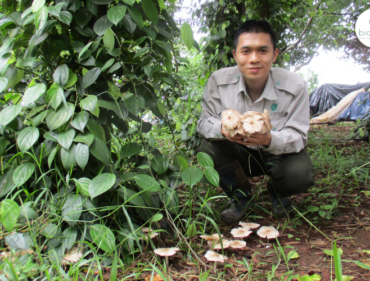🍀In the previous article, we had an article about the Grass, about their love for our fertile lands. You can see via this Link : https://www.facebook.com/biophap.co.ltd/photos/a.5596267457112424/5773713052701196/
🍀In this article we want to share with you how to evaluate soil quality through the weeds.
🍀Each weed species has a different biological character, it only lives and grows in the most suitable lands and brings a certain food source for it. This is considered one of the signals of the ecosystem that we have learned during the first time we survey the land for the farm.So what’s so interesting about their appearance? Let’s find out together.
🍀To get started, the first thing you have to do is: Grub up the weeds out and start evaluate. For example, you will notice weeds such as dandelion, imperata cylindrica. The common feature of these types is that they have roots that go deep into the ground, so they easily break through the hard soil layer. When they die, the roots decompose, creating pathways for water and nutrients to go down. This gives weeds and plants with weaker root systems an unfavorable chance of growing and surviving in these soils.On the other hand, if the weeds are widespread, have a strong root system, or grow into large bushes, the soil is likely to be very noncohesive.
🍀Once you have assessed the type of weeds in your soil, the next step will be to evaluate the pH of the soil. If you look at places where psyllium is present, it will indicate that this is a more acidic area, while other species such as chamomile are a sign of alkaline land.We will use these signals to help select plants that are suitable for cultivation. If the soil is acidic, it is suitable for berries (such as blueberries, raspberries, strawberries, etc.) , if the soil is alkaline like in Phu Hoa farm, Chu Pah district, Gia Lai province, we choose different types of legume vegetables to grow.
🍀And Grass also helps us to know about the nutrient content in the soil. For example, purslane shows that the soil is rich in nutrients, but the presence of Orobanchaceae means the opposite. Cirsium Arvense (from the daisy family) can mean deficiencies in iron and copper, or growth of ferns and Oldenlandia corymbosa that will appear in areas that have been burned, indicating a phosphorus deficiency. Knowing what nutrient deficiencies are in our soil can help us figure out what steps we need to take to improve the soil, as well as what crops to plant — or choose a plant that’s right for its available nutrients. And weeds help us to slowly improve the soil and gradually bring the system more balanced with more biodiversity.
🍀Weeds are not the problem but rather the symptoms of problems occurring in the soil. In other words, weeds have arrived because the soil has a deficiency or an excess of certain substances. Especially weeds appear to create conditions for grass and soil to thrive together and promote repair of damage caused by man or nature to the soil. Beside the method of sending soil samples to the prestige centers for testing, this is the fastest and most natural method. So, on Biophap’s organic farms, we keep all the grasses, allowing them to grow naturally. Always consider weeds as a friend, through this friend to develop a planting plan, a suitable crop for each type of soil.
